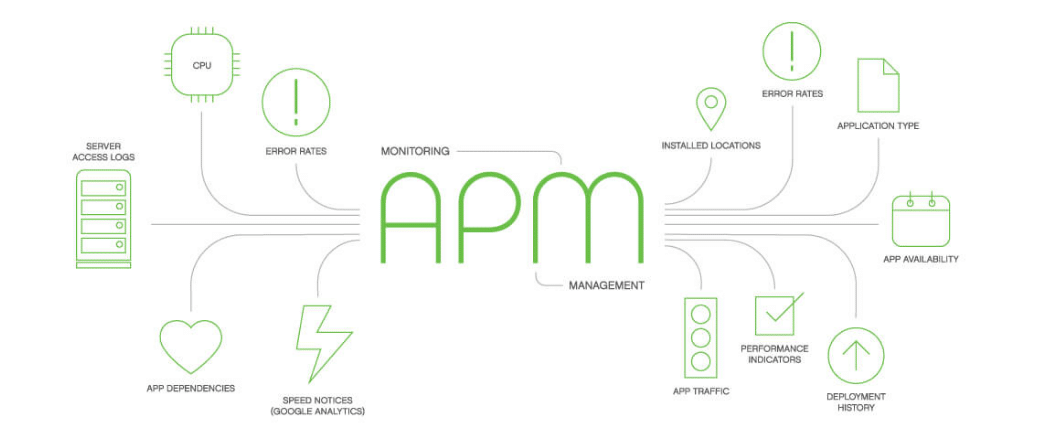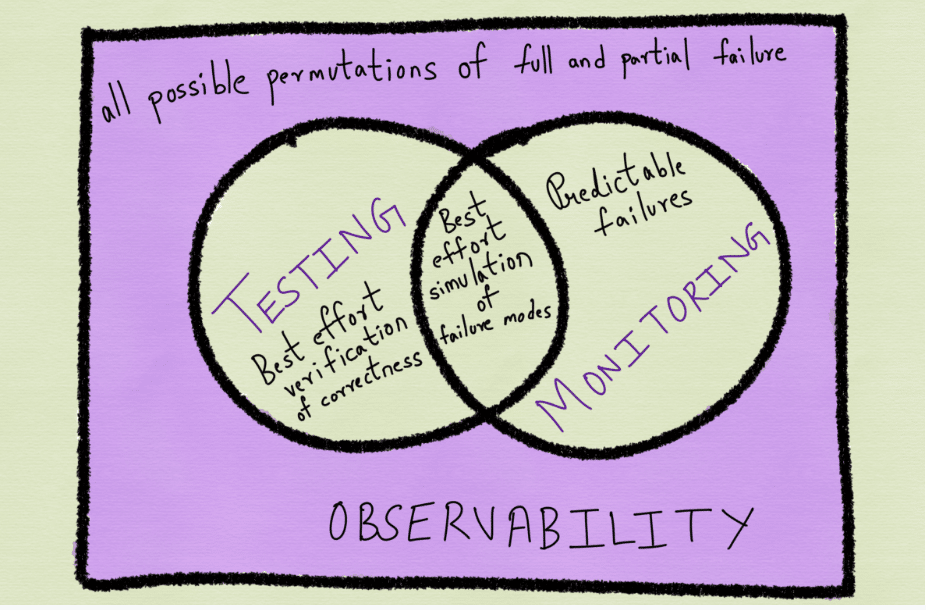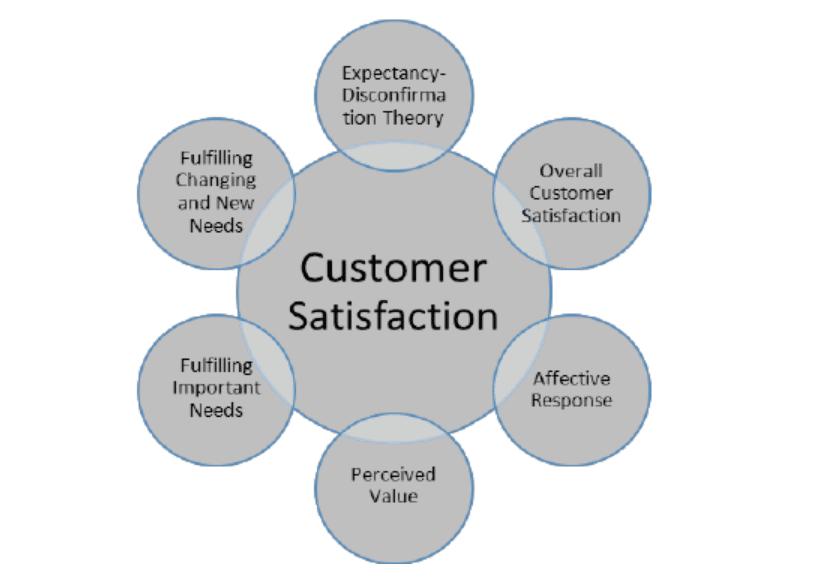Observability is the practice of monitoring your system in a manner where you can detect and diagnose issues as they happen. This means having visibility into all aspects of the system in order to identify issues and correct them in near-real-time.
Marketing teams can use observability to detect issues with campaigns, track customer engagement, and optimize marketing efforts.
In order to be truly effective, observability must be built into the system from the ground up. This means having visibility into all parts of the system, including the data and the underlying infrastructure.
Let us explore more about its various aspects in the same below.
What is APM?
Application Performance Monitoring (APM) is a process of monitoring the performance of software applications in order to identify and diagnose issues that may impact their overall performance.
APM tools are used to collect data about an application’s performance and identify potential bottlenecks or other issues that could impact its ability to function properly.
By monitoring the performance of an application, APM can help to ensure that it is able to meet the needs of its users and provide a high level of service.
What is observability?
Observability is a measure of how well a system can be monitored, and its performance measured.
It is a key attribute of any successful system, as it allows for proactive detection of issues and quick resolution when problems arise.
There are many factors that contribute to observability, but the three most important are:
1. Data collection
Collecting data from all parts of the system is essential for understanding its overall performance. This data can be used to identify issues and track progress over time.
2. Data analysis
This is the process of making sense of the data collected. It involves understanding what the data means and how it can be used to improve the system.
3. Communication
The ability to communicate information about the system to those who need to know is crucial. This includes everything from alerts when problems arise to regular reports on performance.
Observability is a vital part of any system and should be given careful consideration during its design and implementation.
By ensuring that data is collected and analyzed effectively and that information is communicated effectively, data observability can help to make a system more successful.
How observability helps companies to stay on the front line
Observability is a critical tool for companies that want to stay on the front line. That is because these companies can identify issues before they cause problems.
In addition, observability can help companies to identify trends and patterns. This helps them to anticipate problems and to plan for their future growth.
By understanding how their systems and applications are being used, they can make better decisions about how to improve them.
Observability is an essential part of any company’s operations. It helps them to avoid problems, to resolve them quickly, and to plan for future growth. Observability also helps companies in the following areas as seen below:
Increase in revenue
Businesses that are able to effectively measure and track their marketing efforts see a significant increase in revenue.
This is likely because observability helps businesses to identify which marketing channels are performing well and which ones need improvement. Additionally, observability provides insights into customer behavior, allowing businesses to make necessary adjustments to their marketing strategy.
Overall, observability is a powerful tool that can help businesses to increase revenue and improve their marketing efforts.
With the right data, businesses can make informed decisions that lead to more sales and higher profits.
Customer satisfaction
In the world of marketing and sales, observability can help you detect and fix issues that impact your customers’ satisfaction.
For example, if you notice that your website is loading slowly for some users, you can quickly identify and fix the issue before it impacts your conversion rate.
Additionally, if you notice that your customer support team is getting a lot of calls about a particular issue, you can quickly direct your marketing team to create a campaign to address the issue.
Ultimately, using observability to improve client/customer satisfaction is a benefit of marketing-generated sales because it allows you to proactively address issues before they cause problems.
This proactive approach leads to happy customers and increased sales.
Brand reputation
Observability is a critical tool for building a brand reputation.
By tracking and measuring the performance of marketing campaigns, businesses can identify which ones are driving results and adjust accordingly.
This data-driven approach allows businesses to continually improve their marketing efforts, ultimately leading to more sales and a better reputation.
This proactive approach helps to ensure that businesses are always operating at their best, further enhancing their reputation.
Ultimately, observability is a powerful tool that can help businesses build a strong reputation, which is essential for generating sales.
Customer retention
Observability is critical to achieving customer retention for any business.
By definition, observability is the ability to monitor and detect issues with a system. In other words, it is the ability to detect problems before they cause customer churn.
There are a few key reasons why observability is so important for customer retention.
First, it allows businesses to identify and fix issues before they cause customer pain.
Second, it provides visibility into the health of the system, which instills confidence in customers. Finally, it enables businesses to quickly identify and resolve problems, which minimizes customer frustration.
In short, observability is essential for retaining customers.
Observability provides visibility into the health of the system and enables businesses to quickly resolve problems. By ensuring that businesses have observability in place, they can maximise customer retention and satisfaction.
Conclusion
There are many different ways to measure the marketing effectiveness of a company. One way is to look at metrics like engagement and conversion.
Another way is to look at the amount of information that is available about the customer. In order to get this information, businesses must be able to see their customers.
This is what is known as observability.
It is the ability to see, observe, and to take note of things. In order to be successful in marketing, businesses must be able to see their customers to learn more about them.












